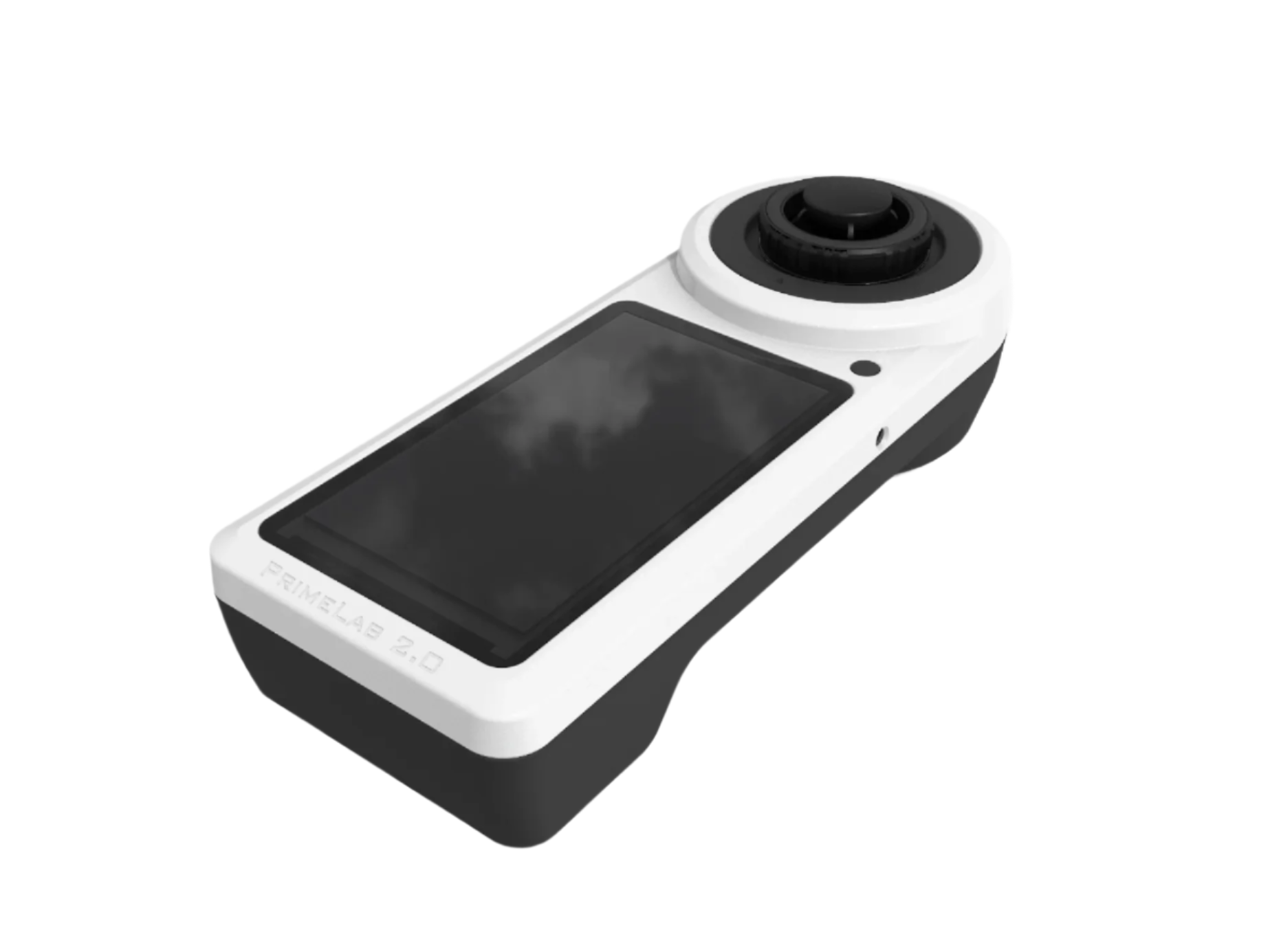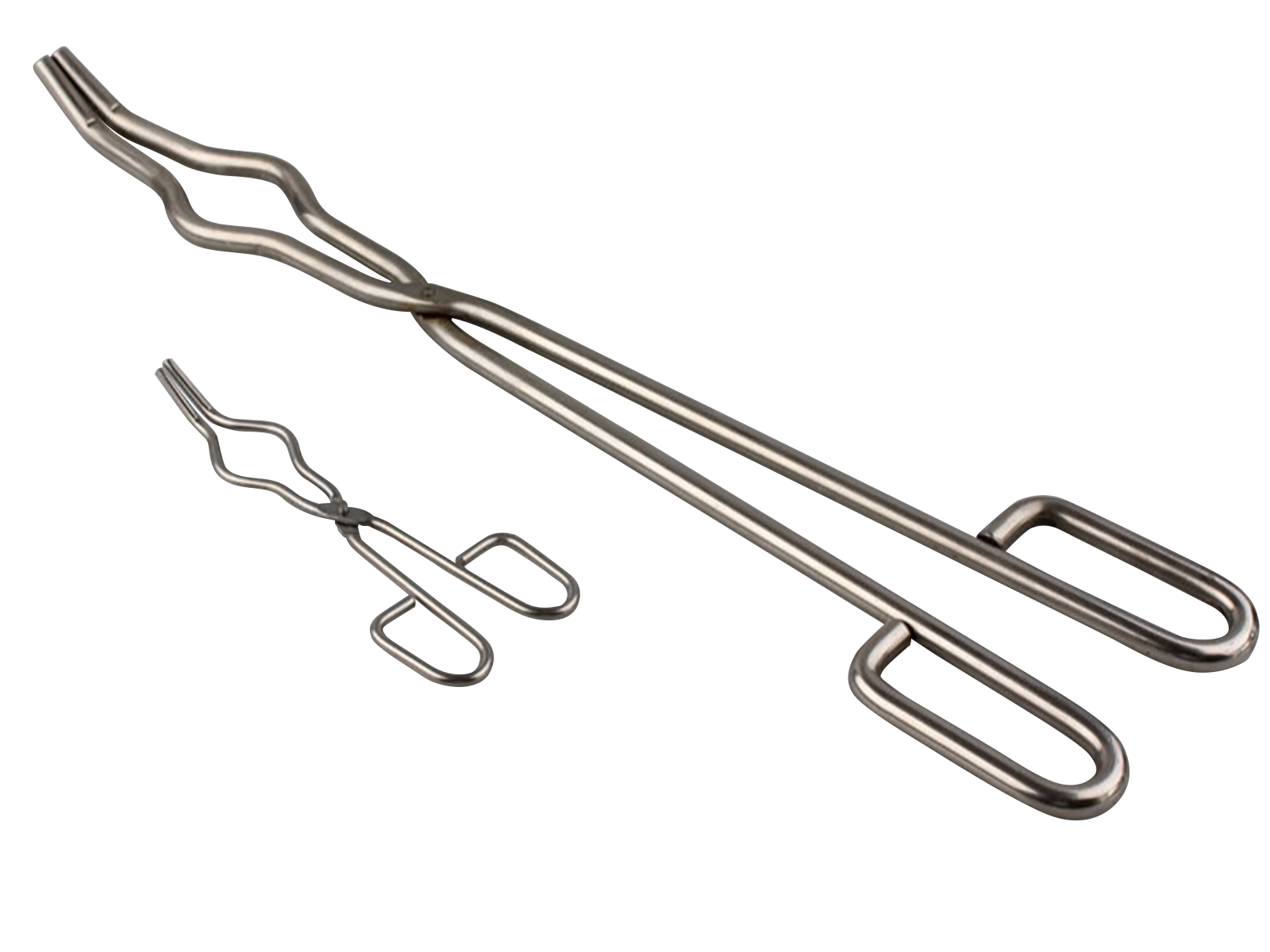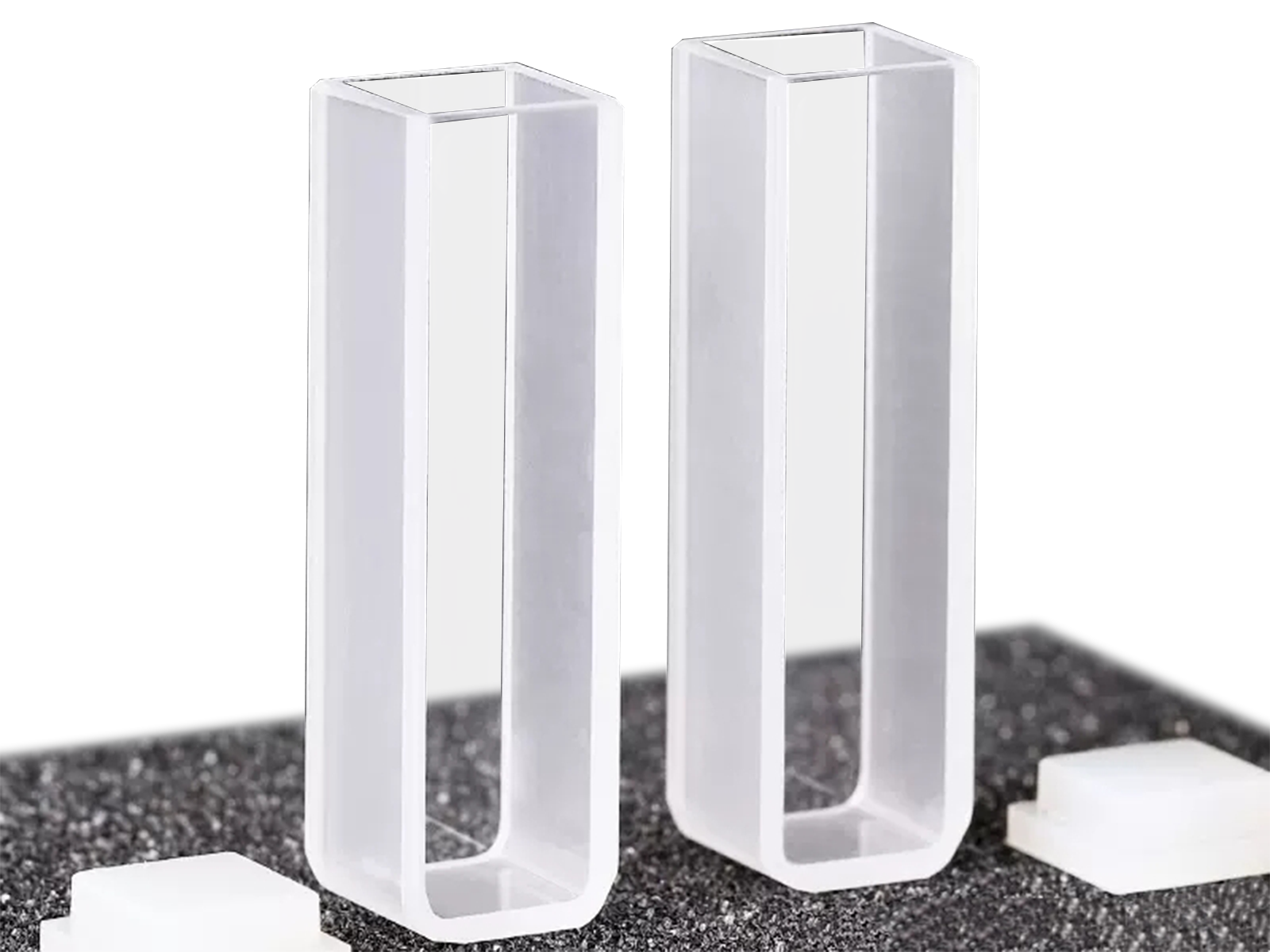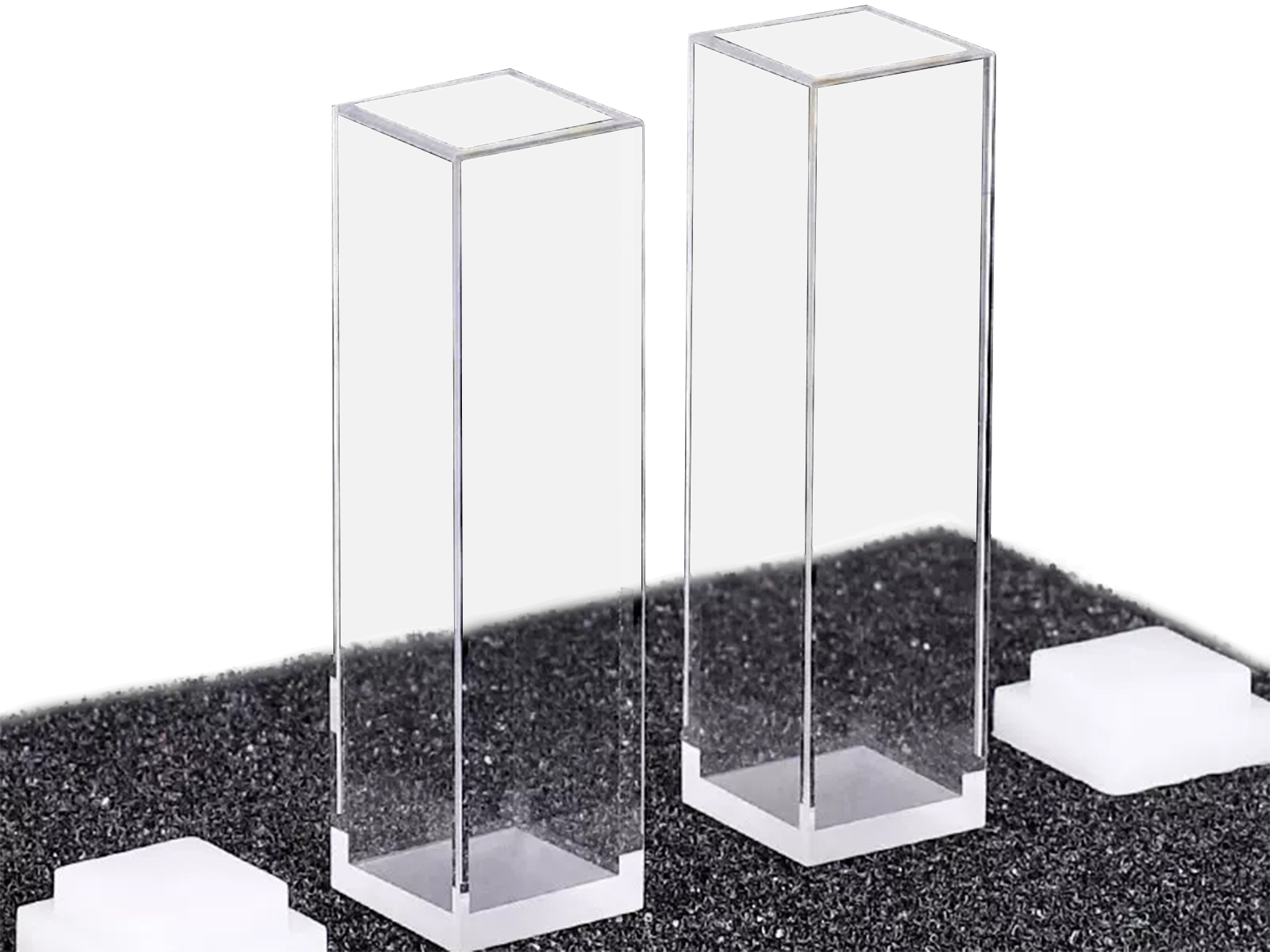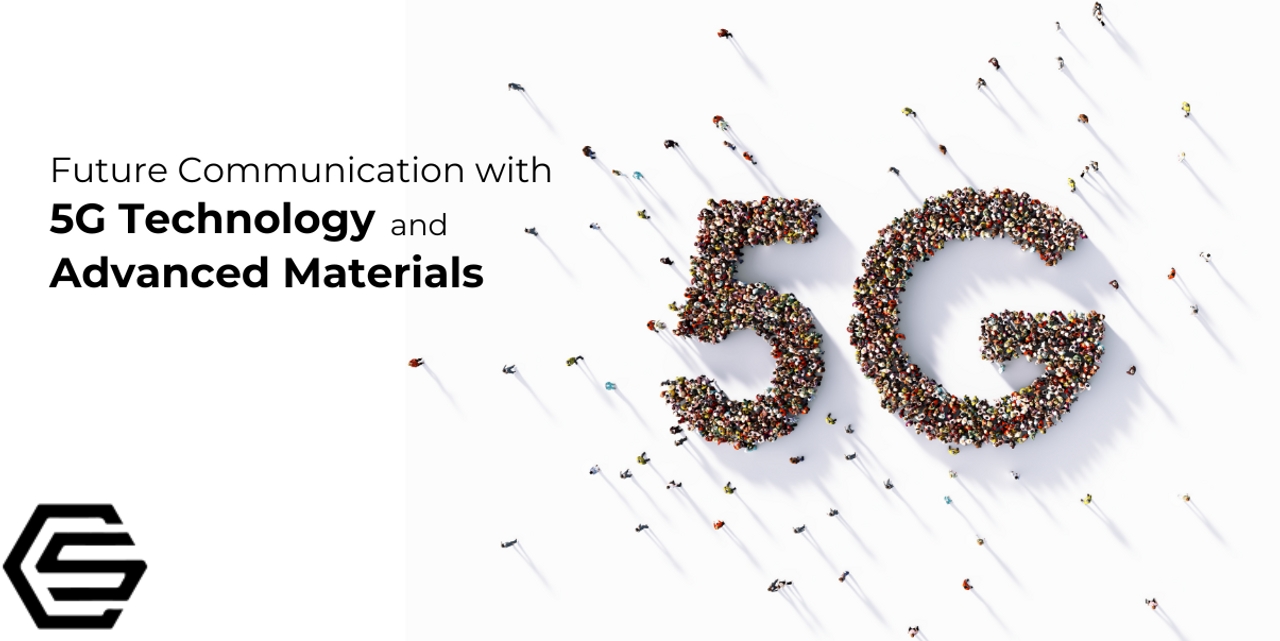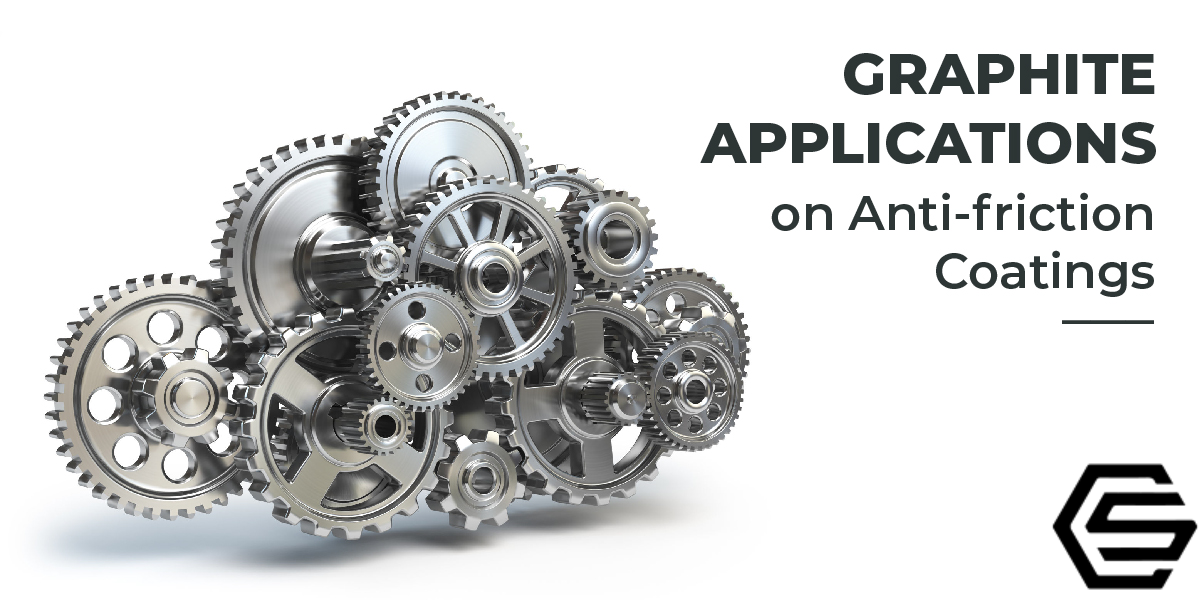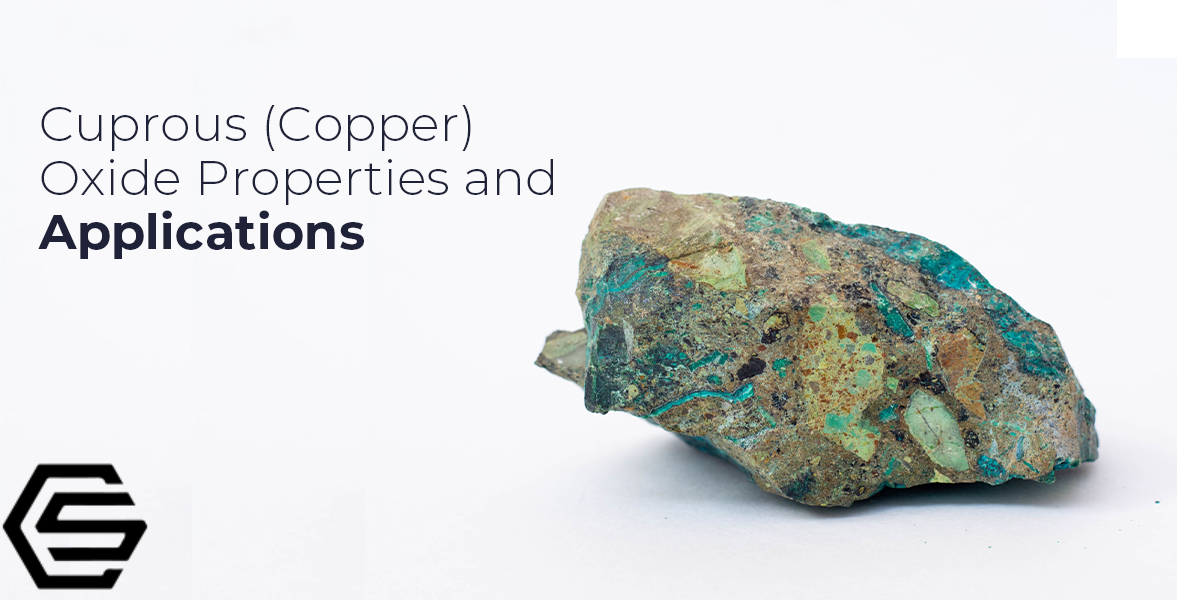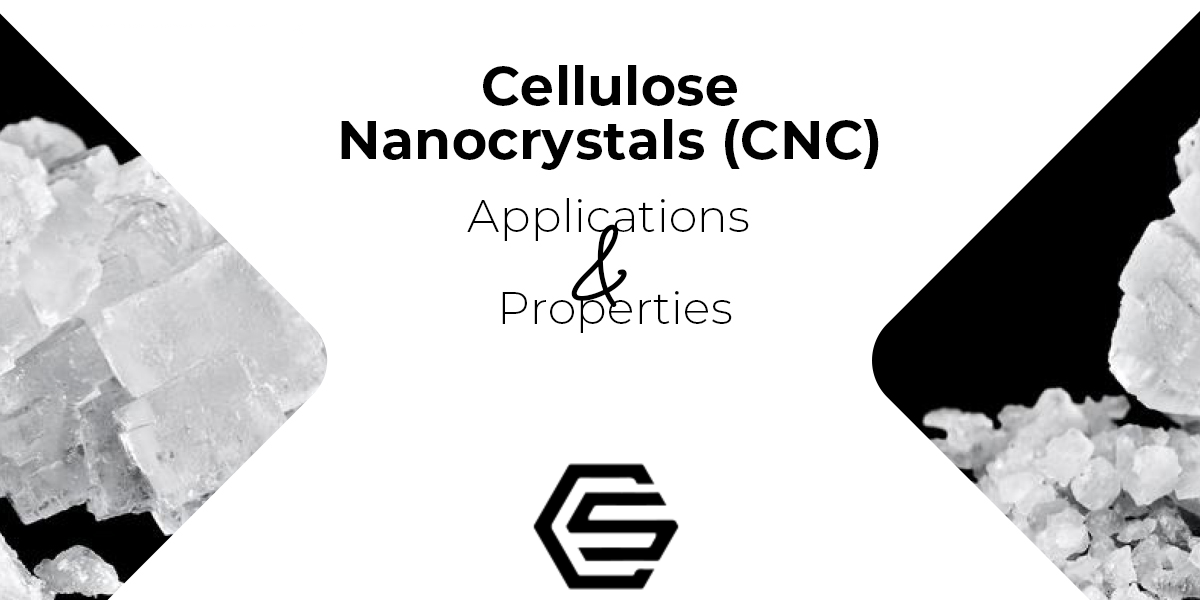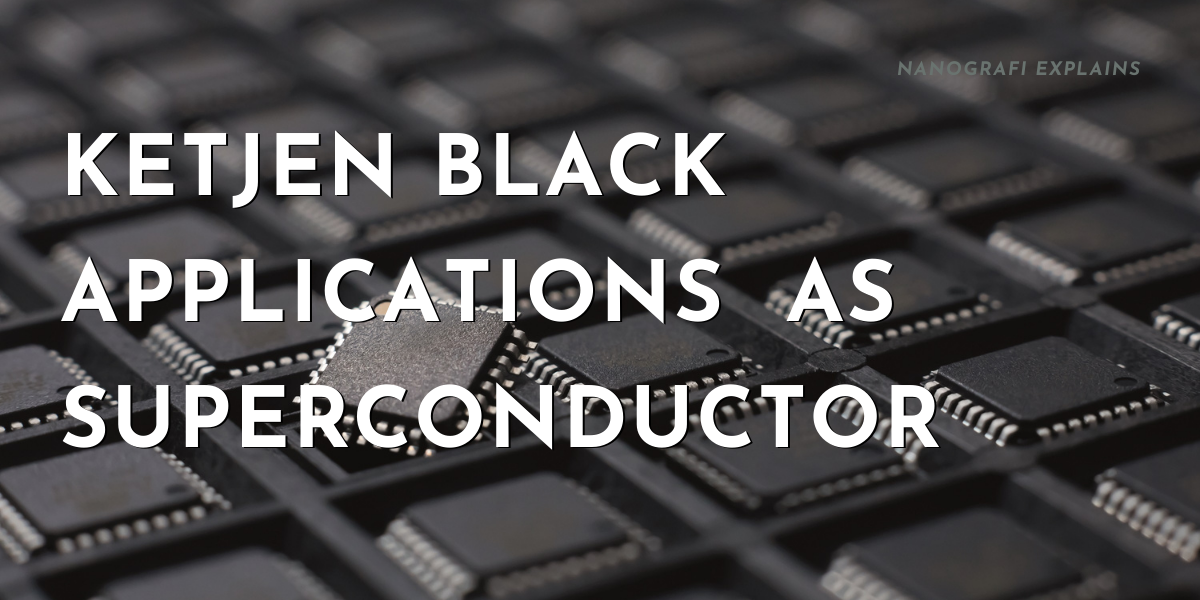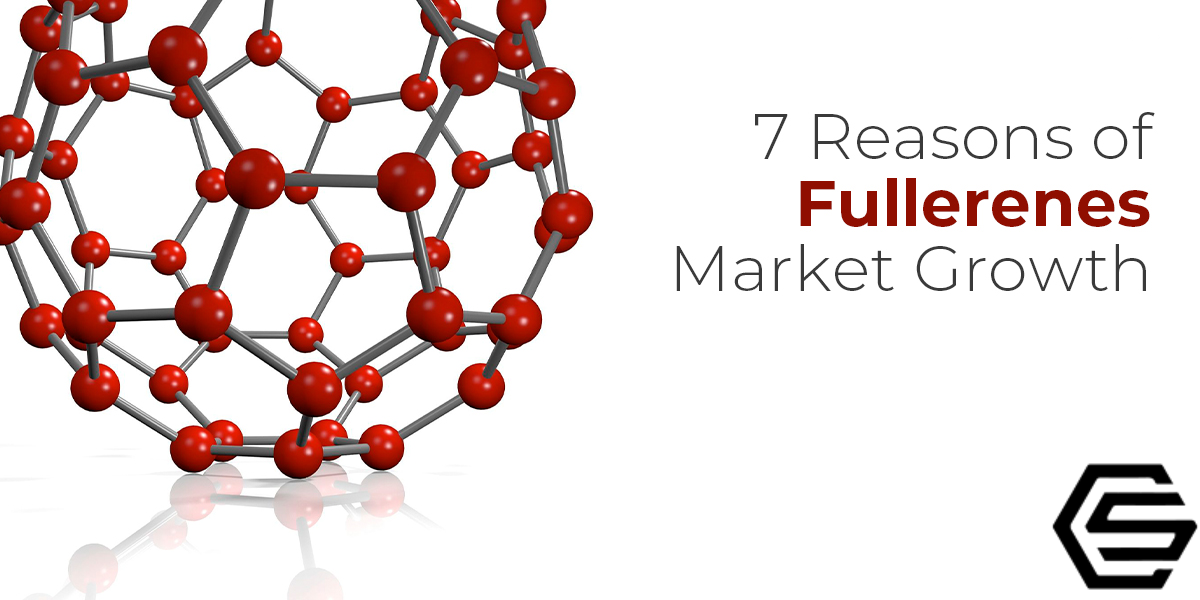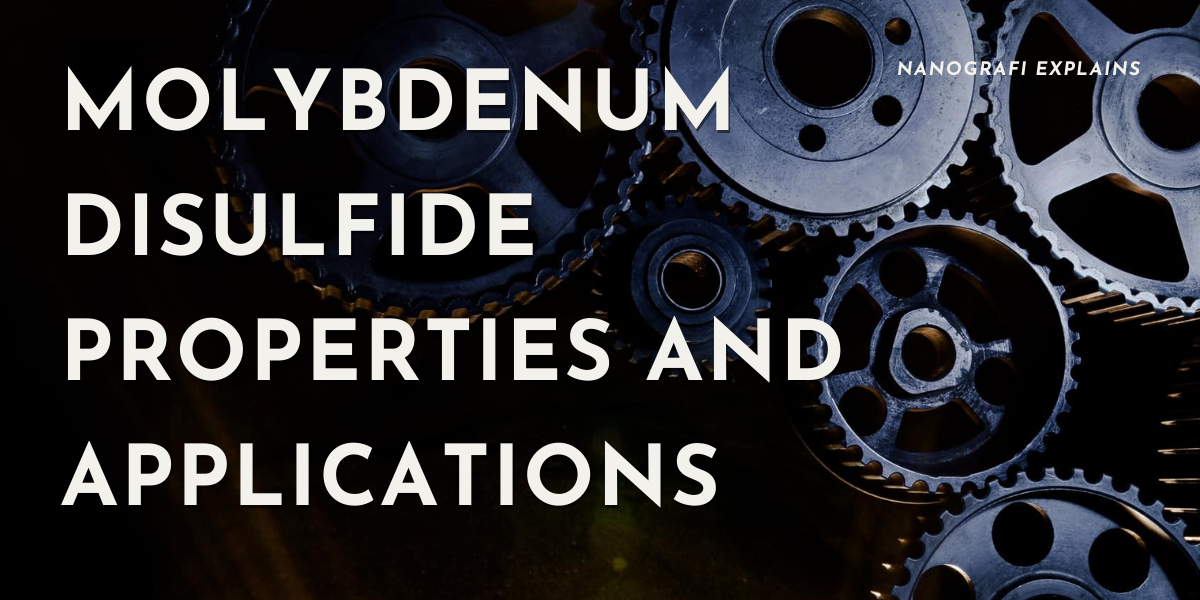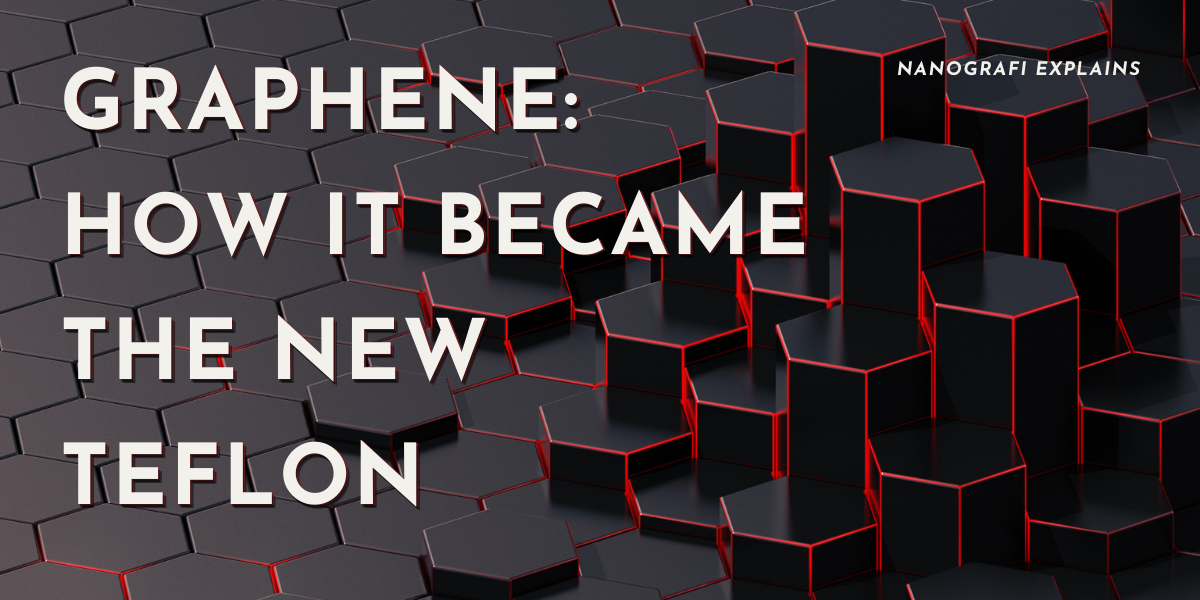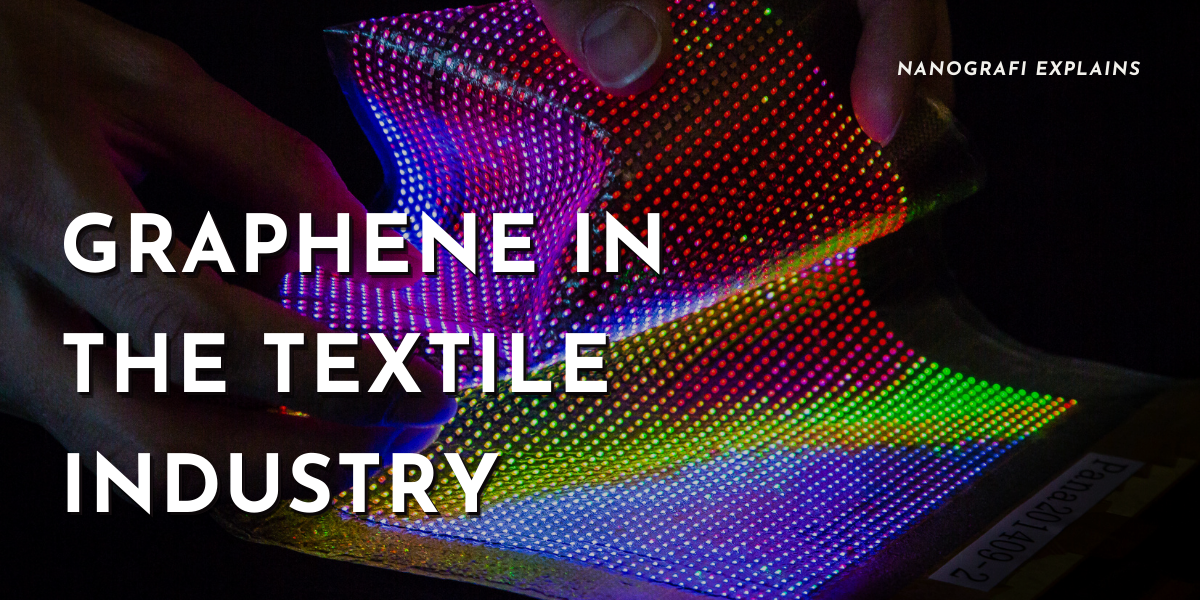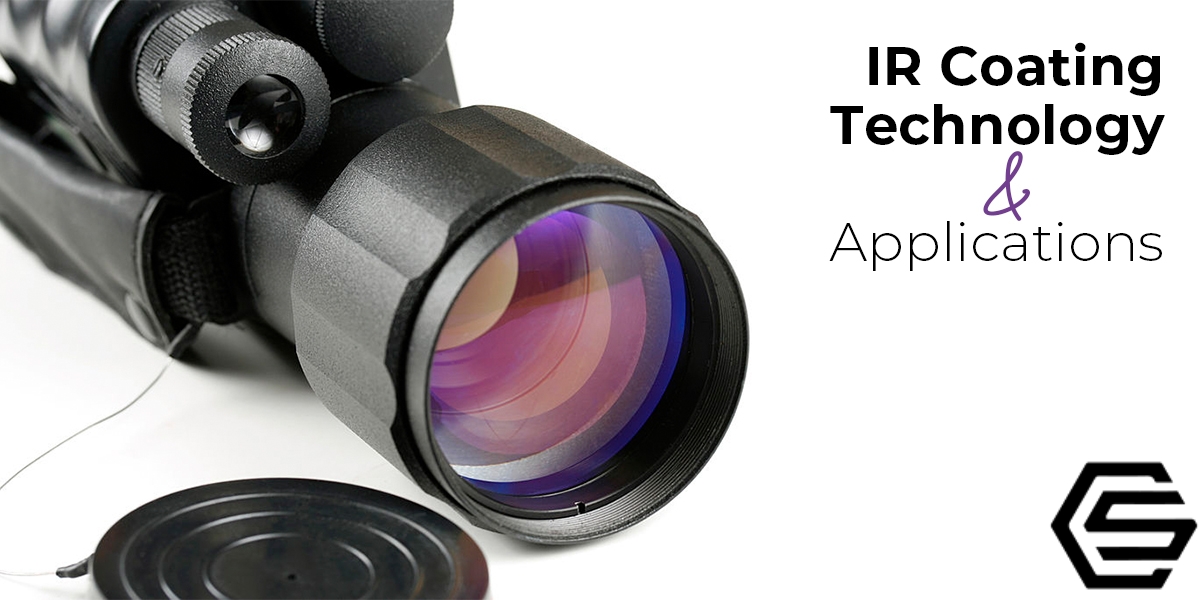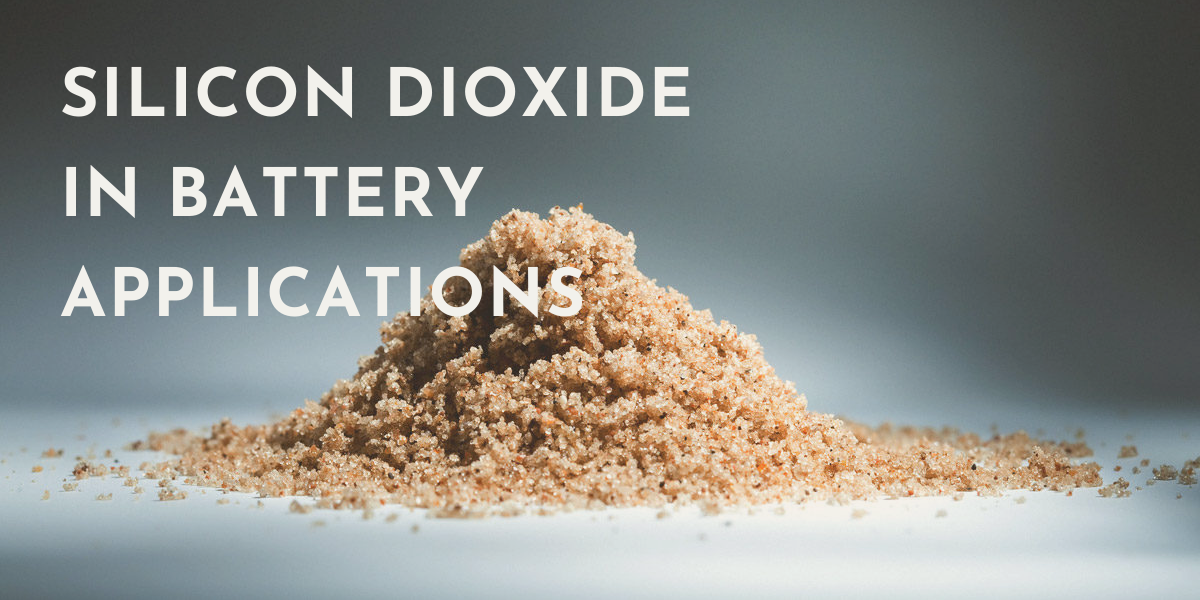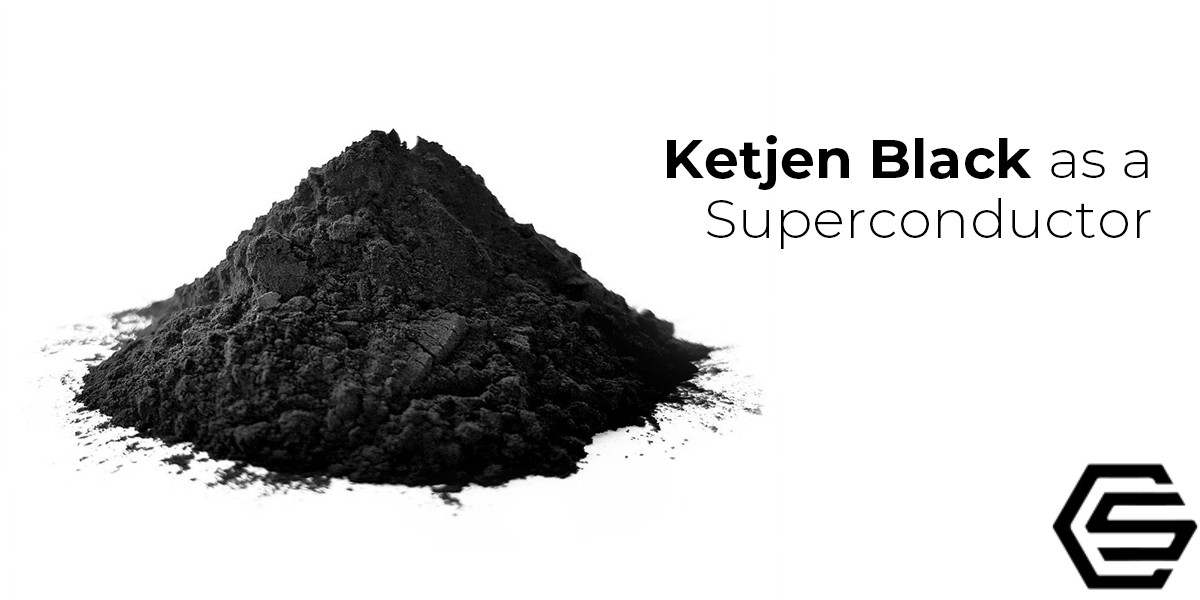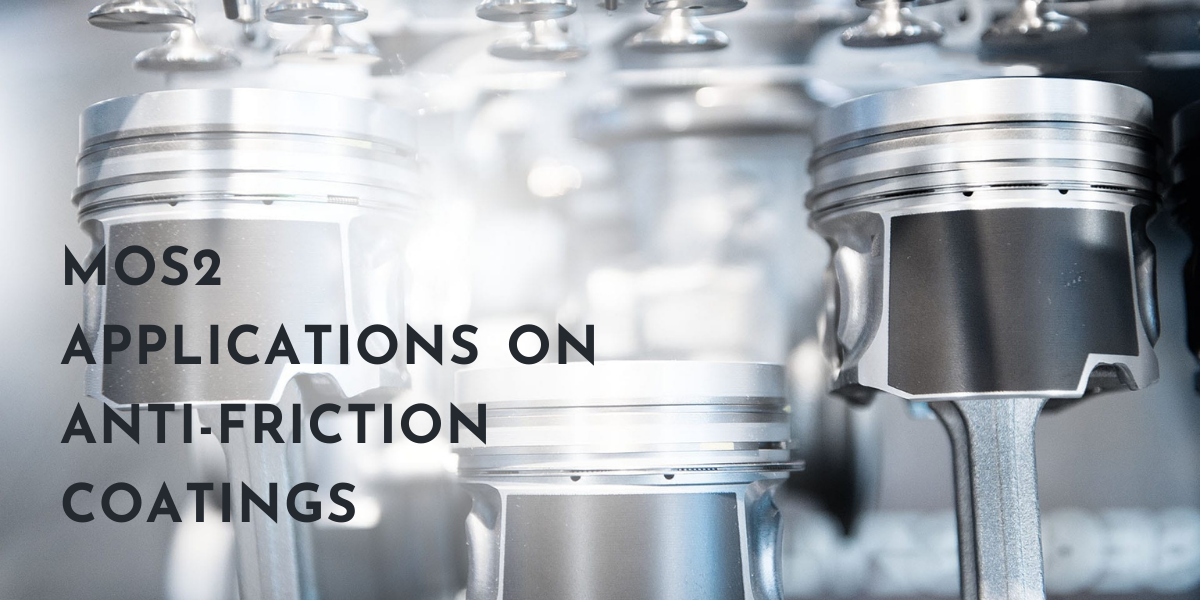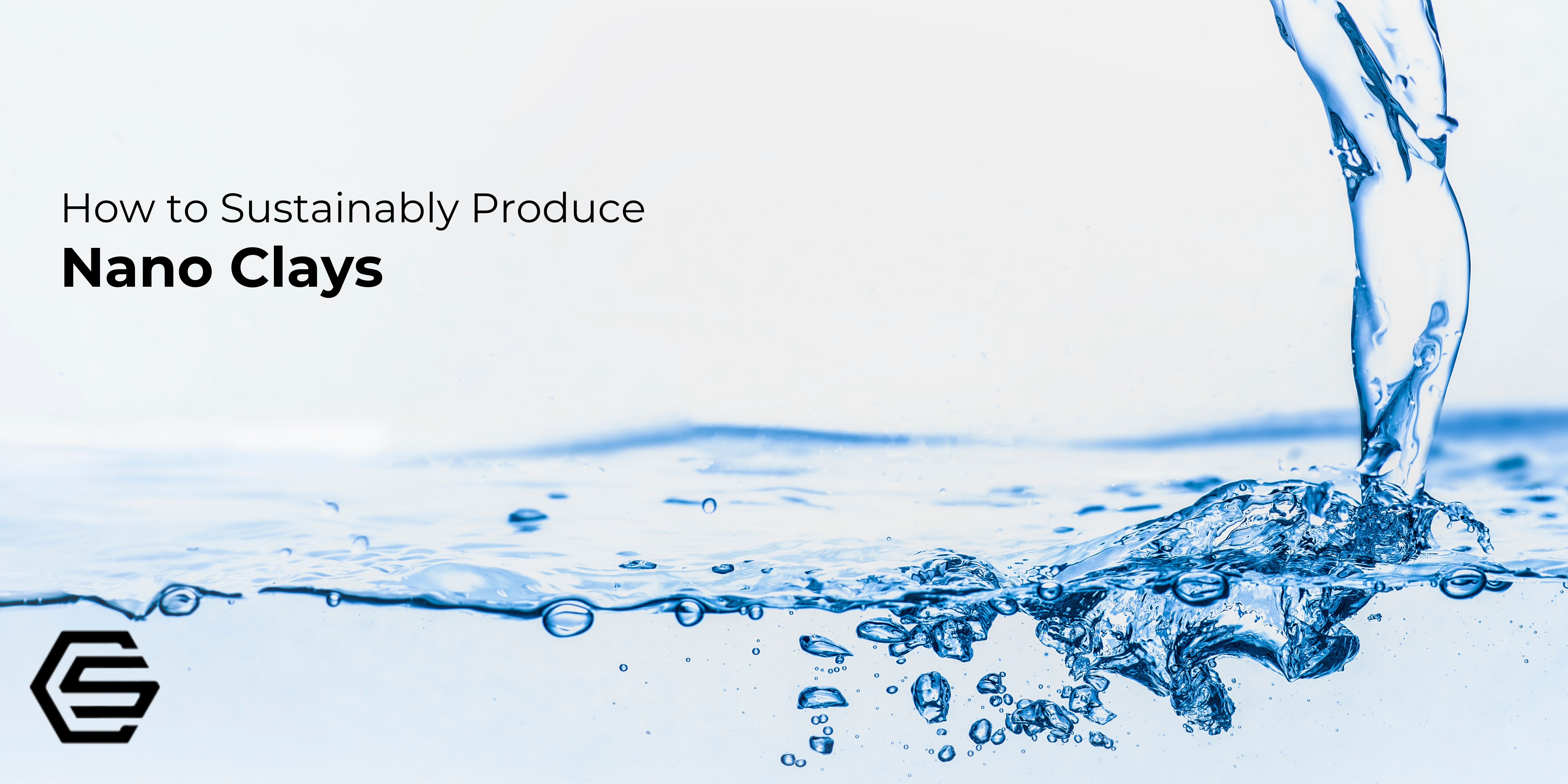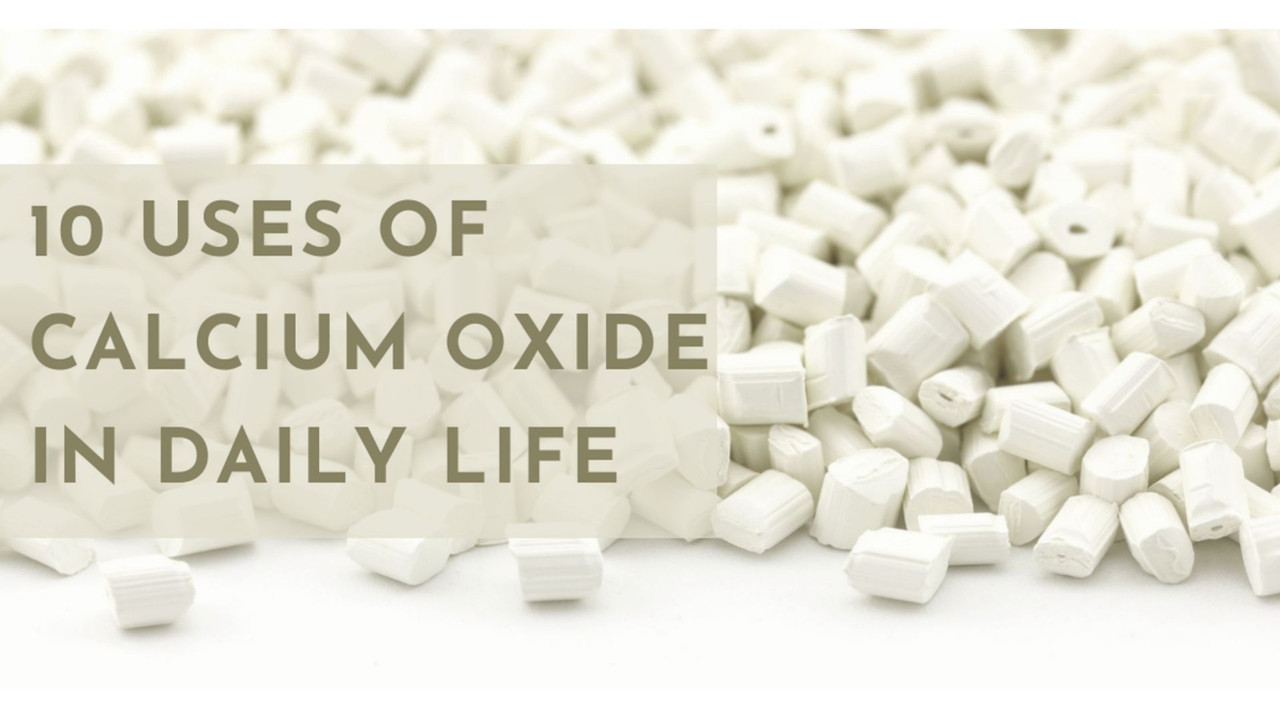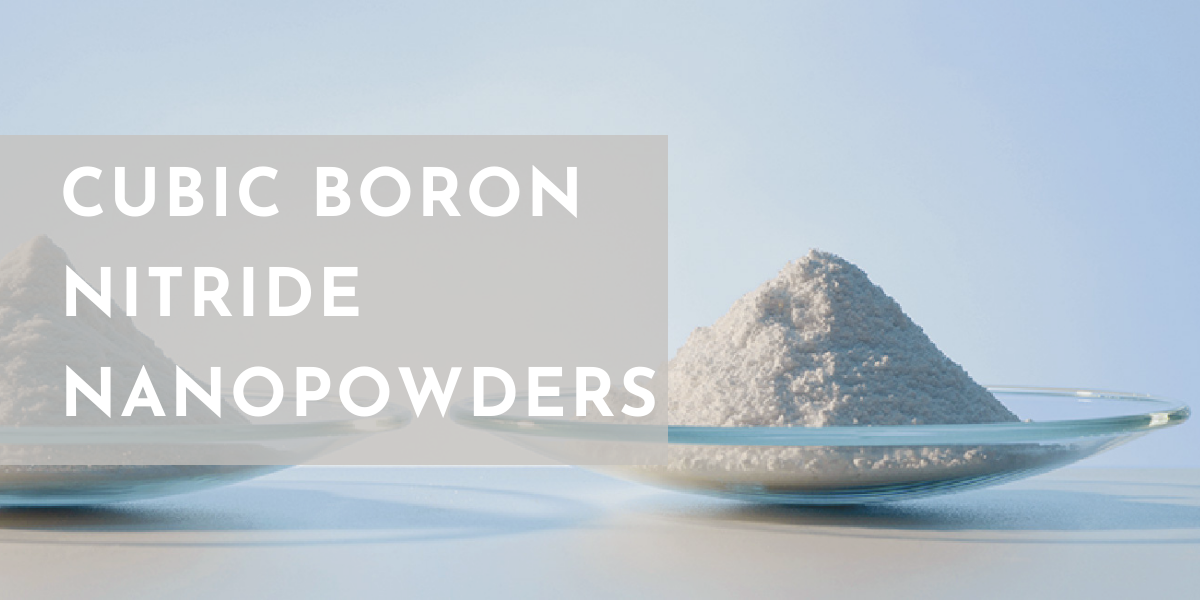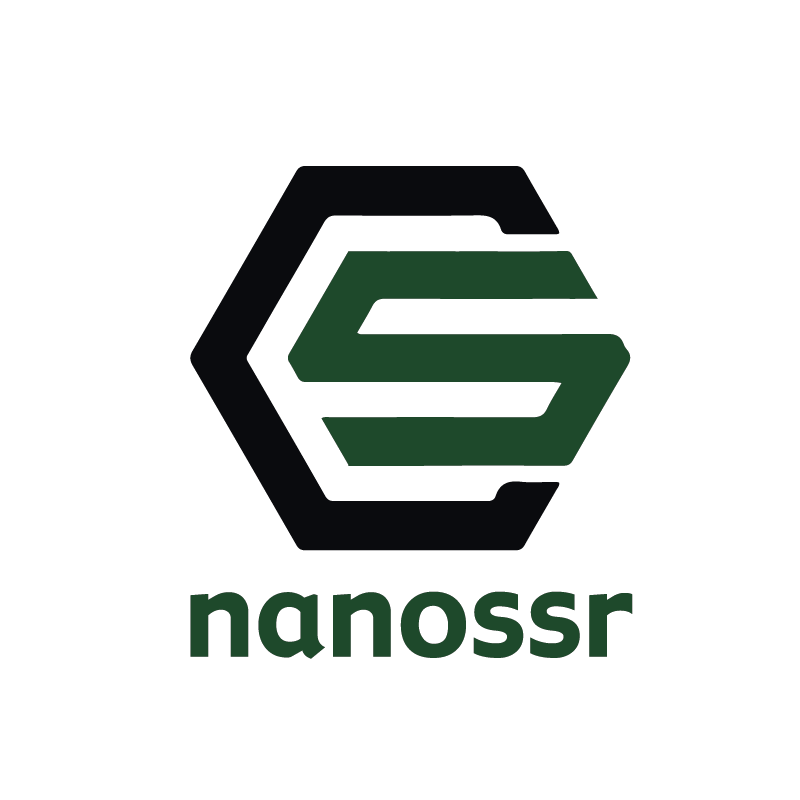PrimeLab 2.0 Parameter Activation Code
Parameter Activation Codes are used for PrimeLab 2.0. Please order together with PrimeLab 2.0 Photometers which do not have activated parameters: PL02B, PL02B-solo & PL02B-TRB.
| SKU# | Activation Code |
| PL2Sp-Act90 | PrimeLab 2.0: Activation of the in-built 90° board (Turbidity/PTSA/Fluoresceine) |
| PLParALL | Activation Code for all current and future parameters |
| PLPar01 | Activation Code for ID 01 Active Oxygen 0.0 - 40.0 ppm |
| PLPar02 | Activation Code for ID 02 Ammonia 0.00 - 1.00 ppm |
| PLPar04 | Activation Code for ID 04 Aluminium 0.00 - 0.30 ppm |
| PLPar05 | Activation Code for ID 05 Alkalinity (M) 5 - 200 ppm |
| PLPar06 | Activation Code for ID 06 Alkalinity (P) 5 - 300 ppm |
| PLPar07 | Activation Code for ID 07 Boron 0.0 - 2.0 ppm |
| PLPar08 | Activation Code for ID 08 Bromine 0.00 - 13 ppm |
| PLPar09 | Activation Code for ID 09 Calcium Hardness 50 - 1000 ppm |
| PLPar10 | Activation Code for ID 10 Chloride 0.5 - 25 ppm |
| PLPar11 | Activation Code for ID 11 Chlorine (free/combined/total) 0.00 - 8.00 ppm |
| PLPar12 | Activation Code for ID 12 chlorine 0.00 - 8.00 ppm |
| PLPar14 | Activation Code for ID 14 Chlorine (HR) 5 - 200 ppm |
| PLPar15 | Activation Code for ID 15 Chlorine (KI) (HR) 0 - 200 ppm |
| PLPar16 | Activation Code for ID 16 Chlorine Dioxide 0.00 - 15.00 ppm |
| PLPar17 | Activation Code for ID 17 COD 0 -15000 mg/l |
| PLPar18 | Activation Code for ID 18 Copper 0.05 - 5 ppm |
| PLPar19 | Activation Code for ID 19 Copper 0.00 - 5.00 ppm |
| PLPar20 | Activation Code for ID 20 Cyanuric Acid 0 - 160 ppm |
| PLPar21 | Activation Code for ID 21 DEHA 20 - 1000 µg/l |
| PLPar23 | Activation Code for ID 23 Hydrazine 5 - 600 µg/l |
| PLPar24 | Activation Code for ID 24 Hydrogen Peroxide 0.00 - 3.00 ppm |
| PLPar25 | Activation Code for ID 25 Hydrogen Peroxide 0 - 200 ppm |
| PLPar26 | Activation Code for ID 26 Hydrochinone 0.00 - 2.50 ppm |
| PLPar27 | Activation Code for ID 27 Iodine 0.00 - 28.00 ppm |
| PLPar28 | Activation Code for ID 28 Iron LR 0.00 - 1.00 mg/l |
| PLPar29 | Activation Code for ID 29 Iron 0.00 - 10.00 ppm |
| PLPar30 | Activation Code for ID 30 Iron (HR) 0.00 - 20.00 ppm |
| PLPar31 | Activation Code for ID 31 Manganese 0.2 - 4.0 ppm |
| PLPar32 | Activation Code for ID 32 Molybdate HR 0.0 - 100 ppm |
| PLPar33 | Activation Code for ID 33 Molybdate HR 5.0 - 200.0 ppm |
| PLPar34 | Activation Code for ID 34 Nitrate 0.0 - 11.0 ppm |
| PLPar35 | Activation Code for ID 35 Nitrite 0.00 - 0.50 ppm |
| PLPar36 | Activation Code for ID 36 Nitrite (HR) 5 - 200 ppm |
| PLPar37 | Activation Code for ID 37 Ozone 0.00 - 5.40 ppm |
| PLPar38 | Activation Code for ID 38 pH 6.5 - 8.4 |
| PLPar39 | Activation Code for ID 39 pH 6.5 - 8.4 |
| PLPar40 | Activation Code for ID 40 pH 5.2 - 6.8 |
| PLPar41 | Activation Code for ID 41 Universal pH 5.0 - 11.0 |
| PLPar42 | Activation Code for ID 42 Universal pH 4.0 - 11.0 |
| PLPar43 | Activation Code for ID 43 PHMB 2 - 60 ppm |
| PLPar44 | Activation Code for ID 44 Phosphate LR 0 - 4 ppm |
| PLPar45 | Activation Code for ID 45 Phosphate LR 0 - 4 ppm |
| PLPar46 | Activation Code for ID 46 Phosphat HR 0.0 - 80.0 ppm |
| PLPar47 | Activation Code for ID 47 Phosphate 0 - 100 ppm |
| PLPar48 | Activation Code for ID 48 Potassium 0.7 - 12.0 ppm |
| PLPar49 | Activation Code for ID 49 Silica 0.00 - 5.00 ppm |
| PLPar50 | Activation Code for ID 50 Silica 0 - 100 ppm |
| PLPar51 | Activation Code for ID 51 Sodium Hypochlorite 0.2 - 40% |
| PLPar52 | Activation Code for ID 52 Sulphide 0.0 - 0.50 ppm |
| PLPar53 | Activation Code for ID 53 Sulphite LR 0.0 - 5.0 ppm |
| PLPar54 | Activation Code for ID 54 Sulphate 5 - 100 ppm |
| PLPar55 | Activation Code for ID 55 Sulphate 5 - 100 ppm |
| PLPar56/57 | Activation Code for ID 56/57 Total Hardness 0 - 50 / 0 - 500 ppm |
| PLPar59 | Activation Code for ID 59 Turbidity 20 - 1000 FAU |
| PLPar62 | Activation Code for ID 62 Zinc 0.00 - 1.00 ppm |
| PLPar63 | Activation Code for ID 63 Bromine 0.00 - 13.00 ppm |
| PLPar64 | Activation Code for ID 64 Chlorine Dioxide 0.00 - 15.00 ppm |
| PLPar65 | Activation Code for ID 65 DBNPA 0.00 - 13.00 ppm |
| PLPar66 | Activation Code for ID 66 Hydrogen Perox. LR 0.00 - 3.80 ppm |
| PLPar67 | Activation Code for ID 67 Iodine 0.0 - 28.0 ppm |
| PLPar68 | Activation Code for ID 68 Sodium Hypochlorite 0.2 - 40% |
| PLPar69 | Activation Code for ID 69 Methylethylketoxime 0.00 - 4.10 ppm |
| PLPar70 | Activation Code for ID 70 Erythorbic Acid 0.00 - 3.50 ppm |
| PLPar71 | Activation Code for ID 71 Carbohydrazide 0.00 - 1.30 ppm |
| PLPar72 | Activation Code for ID 72 Fluoride 0.00 - 2.00 ppm |
| PLPar78 | Activation Code for ID 78 Calcium Hardness 0 - 500 ppm |
| PLPar79 | Activation Code for ID 79 COD 0 - 150 ppm |
| PLPar80 | Activation Code for ID 80 COD 0 - 1500 ppm |
| PLPar81 | Activation Code for ID 81 Suspended Solids 0 - 750 ppm |
| PLPar82 | Activation Code for ID 82 DBNPA 0.00 - 13.00 ppm |
| PLPar83 | Activation Code for ID 83 QAC HR 25 - 150 ppm |
| PLPar85 | Activation Code for ID 85 Polyacrylate 0 - 30 ppm |
| PLPar87 | Activation Code for ID 87 Phosphonate 0 - 20 ppm |
| PLPar88 | Activation Code for ID 88 Isothiazolinone 0.0 - 10.0 ppm |
| PLPar90 | Activation Code for ID 90 Nickel HR 0.0 - 1.0 ppm |
| PLPar91 | Activation Code for ID 91 Tannin 0 - 150 ppm |
| PLPar92 | Activation Code for ID 92 Ozone 0.0 - 5.4 ppm |
| PLPar93 | Activation Code for ID 93 Magnesium 0 - 100 ppm |
| PLPar94 | Activation Code for ID 94 Chromium (hexav.) 0.00 - 2.20 ppm |
| PLPar95 | Activation Code for ID 95 Chloramines (Mono-/Dichloramines) 0.00 - 8.00 ppm |
| PLPar96 | Activation Code for ID 96 Molybdate LR 0.00 - 15.00 ppm |
| PLPar97 | Activation Code for ID 97 Nitrite HR 0 - 1500 ppm |
| PLPar98 | Activation Code for ID 98 Phenol 0.0 - 5.0 ppm |
| PLPar100 | Activation Code for ID 100 Nickel (HR) 0.0 - 10.0 ppm |
| PLPar101 | Activation Code for ID 101 Nitrite HR 0 - 3000 ppm |
| PLPar103 | Activation Code for ID 103 Chromium 0.00 - 1.00 ppm |
| PLPar105 | Activation Code for ID 105 Sulphite HR 0 - 300 ppm |
| PLPar106 | Activation Code for ID 106 Chlorite 0.00 - 8.00 ppm |
| PLPar107 | Activation Code for ID 107 Colour 0 - 500 units |
| PLPar108 | Activation Code for ID 108 Total Oxidants 0.00 - 8.00 ppm |
| PLPar110 | Activation Code for ID 110 Phosphonate 0.0 - 20.0 ppm |
| PLPar111 | Activation Code for ID 111 PTSA 0 - 1000 µg/l |
| PLPar112 | Activation Code for ID 112 Turbidity 0.5 - 1000 NTU |
| PLPar113 | Activation Code for ID 113 Fluorescein 0 - 500 µg/l |
| PLPar120 | Activation Code for ID 120 Urea 0.10 - 1.25 ppm |
| PLPar121 | Activation Code for ID 121 Alkalinity-M (HR) 0 - 500 ppm |
| PLPar122 | Activation Code for ID 122 Chlorine MR 0.00 - 10.00 ppm |
| PLPar124 | Activation Code for ID 124 Chloride 0 - 100 ppm |
| PLPar127 | Activation Code for ID 127 Iron MR 0.00 - 10.00 ppm |
| PLPar128 | Activation Code for ID 128 Bromine 0.00 - 4.5 ppm |
| PLPar129 | Activation Code for ID 129 chlorine (free/combined/total) 0.00 - 8.00 ppm |
| PLPar130 | Activation Code for ID 130 Chlorine Dioxide 0.00 - 5.00 ppm |
| PLPar132 | Activation Code for ID 132 Iron-total (Hach) 0.00 - 3.00 ppm |
| PLPar134 | Activation Code for ID 134 Molybdate HR 0.0 - 40.0 ppm |
| PLPar140 | Activation Code for ID 140 Sulphife 0.00-0.70 |
| PLPar142 | Activation Code for ID 10 Chloride 0 - 100 ppm |
| PLPar147 | Activation Code for ID 147 Legionella 60 - 1000000 cfu/l |
| PLPar148 | Activation Code for ID 148 Total Hardness 0 - 500 ppm |
| PLPar150 | Activation Code for ID 150 Urea (HR) 0.20 - 2.50 ppm |
| PLPar151 | Activation Code for ID 151 Nitrogen (total) (LR) 0.2 - 25 ppm |
| PLPar152 | Activation Code for ID 152 Nitrogen (total) (HR) 5 - 150 ppm |
| PLPar153 | Activation Code for ID 153 Phosphorus (total) (LR) 0 - 2.6 ppm |
| PLPar154 | Activation Code for ID 154 Phosphorus (total) (HR) 0 - 52 ppm |
| PLPar155 | Activation Code for ID 155 Ammonia HR 1 - 50 ppm |
| PLPar158 | Activation Code for ID 158 Cyanide 0.01 - 0.50 ppm |
| PLPar159 | Activation Code for ID 159 Permanganate TimeTest |
| PLPar160 | Activation Code for ID 160 Hydrocarbons in Methanol |
| PLPar161 | Activation Code for ID 161 Manganese LR 0.000 - 0.030 ppm |
| PLPar162 | Activation Code for ID 162 Hydrogen-Peroxide 0-200 ppm |
| PLPar163 | Activation Code for ID 163 Dissolved Oxygen 0.0 - 10.0 ppm |
| PLPar164 | Activation Code for ID 164 Peracetic Acid 0.00 - 10.00 mg/l |
| PLPar165 | Activation Code for ID 165 Peracetic Acid 0 - 300 ppm |
| PLPar166 | Activation Code for ID 166 Calcium Hardness 0 - 500 ppm |
| PLPar167 | Activation Code for ID 167 Chloride in Methanol 0.00 - 20.00 ppm |
| PLPar169 | Activation Code for ID 169 "Nitrate HR" 0 - 100 ppm |
| PLPar170 | Activation Code (PrimeLab 2.0) for ID 170 / transmission values of all available wavelengths |
| PLPar171 | Activation Code for ID 171 Iron in Oil 20 - 450 ppm |
| PLPar174 | PrimeLab: Activation Code for ID 174 Sulphite |
| PLPar180 | PrimeLab: Activation Code for ID 180 Fluoride |
| PLPar190 | PrimeLab: Activation Code for ID 190 Nitrate TT 1.0 - 30.0 ppm (tube test) |


